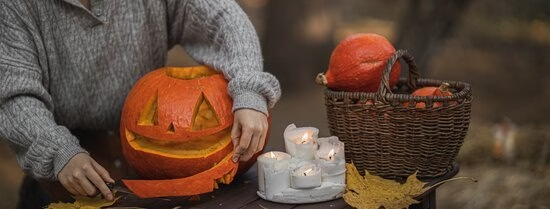October 31 is Halloween. Professor of media education Peter Nikken investigated the usefulness of horror via scary stories in books or films for children.
"When a horror story ends well, the happiness hormone dopamine is released. That gives a kick," Nikken says. "Scary stories allow children to explore their own emotions and feelings. How far do I dare to go? And what do I do when I feel scared?"
Scary experiences as a learning opportunity
He continues, "Scary stories help children cope with scary experiences. For example, by seeing in stories or scary films how others make risk assessments and how there is always help coming from somewhere. These things are useful if you find yourself in a dangerous situation yourself."
"Scary stories help children cope with scary experiences"
Not too spooky
Stories and activities that are too spooky is something to be wary of, says Nikken. With them, reality and fantasy are still very much mixed up. This also applies to Halloween, because you don't want your child to come back traumatised from a scary walk through the neighbourhood. A good rule to keep in mind here is: the more senses the horror story appeals to, the scarier it is for the child.
- Researcher
- More information
Read the full article in Trouw (in Dutch).
- Related content

